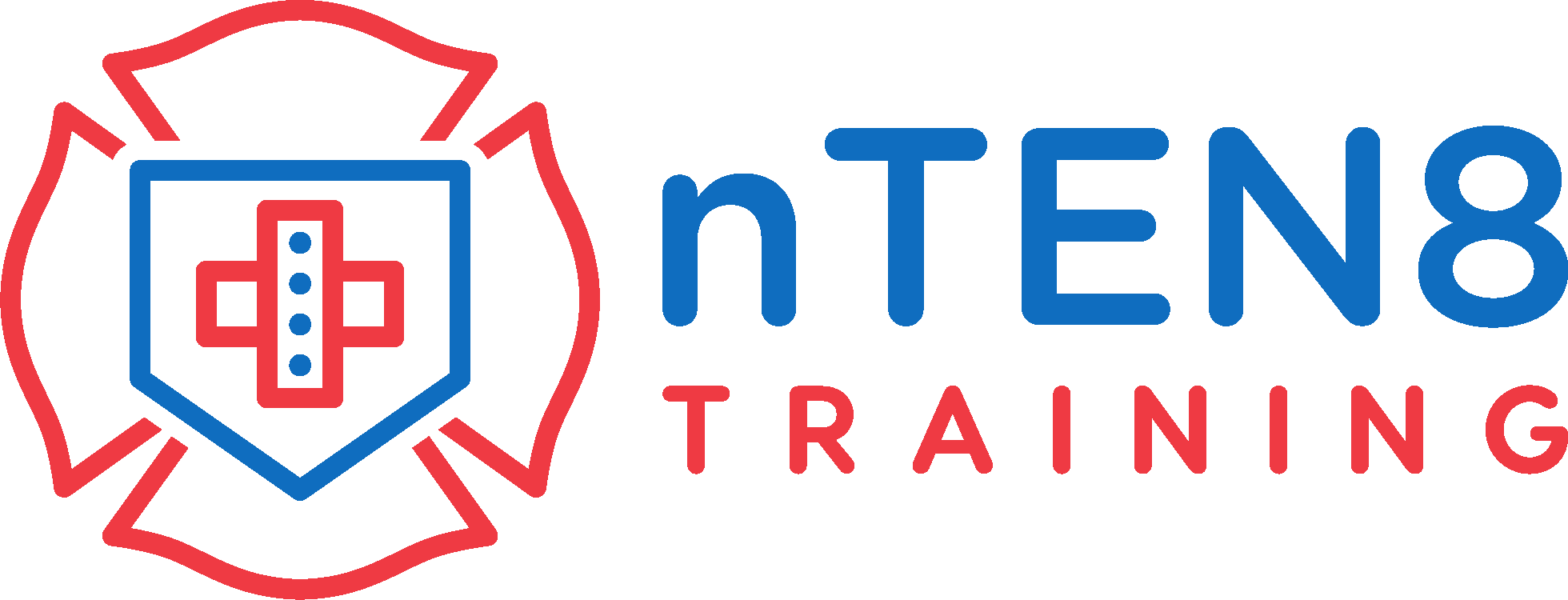Fundamentals of Moving and Handling: Understand the basic principles of moving and handling non-clinical objects, emphasizing the importance of accurate practices to prevent injury.
Assessing Risks: Learn to recognize potential dangers in moving and handling tasks and take preventive actions to protect yourself and others, emphasizing the necessity of risk assessment to prevent accidents.
Practical Techniques: Explore proper lifting, transporting, and maneuvering techniques for various objects, gaining the skills to handle non-clinical tasks confidently and safely.
Ergonomics in Daily Life: Understand the role of ergonomics in preventing accidents during daily activities, learning how to set up your workspace and organize objects to reduce tension and improve comfort.
Health and Wellness: Learn methods for maintaining your physical and mental health while performing moving and handling tasks, emphasizing the importance of self-care and injury prevention for longevity and productivity.

